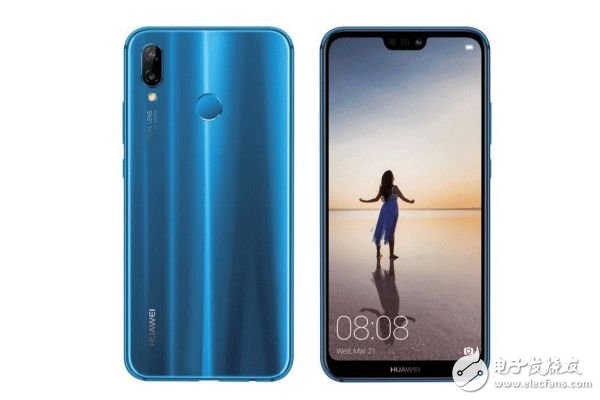On this side, Huawei just launched the world's first mobile phone mate10 with AI chip Kirin 970 and “deep learningâ€; on the other hand, Qualcomm, which ended the 4G/5G summit, cooperated with AI manufacturer Shang Tang to optimize the AI ​​algorithm from the chip layer.
If the three generations of AlphaGo Zero, which recently smashed the circle of friends, only made the masses “unclear,†the AI ​​phone seems to be getting closer and closer to us. In fact, mobile phones using AI are not uncommon, such as filters for live software, face recognition for payment software, or voice assistants such as siri and Xiao Bing. But if the software can solve the problem of mobile phone AI, can there still be market space for AI chips?

"In fact, user perception is not obvious, but AI has been improving. For example, beauty, it used to be taken before you can see photos, but now you can preview it in real time." Xu Tang, CEO of Shangtang Technology, told Southern Reporter that AI has been improving. These changes require acceleration similar to Qualcomm's DSP.
"But for example, the delay of face unlocking; for example, it can now be thin face, but still can't make thin thighs, for example, taking a picture of a lot of people, labeling each face can't do it. In Xu Li's view, the influence of AI on the terminal is still weak, mainly because of the lack of computing power. To solve the AI ​​processing, UHF calculation is required, otherwise the delay is very serious; in turn, the calculation amount is too large and it faces power consumption problems, that is, the problem of mobile phone fever and battery life. From the data from the Qualcomm 4G/5G summit, it is not difficult to see that 89% of users now have the biggest pain point is the battery life problem.
Some vendors choose to put computing power in the cloud, such as Intel. "The bearing capacity of the terminal hardware will become the main bottleneck of computing power in the future. The demand of AI will make the mobile phone become a 'big stove.'" Intel University of Science and Technology, Intel Communications and Equipment Division wireless standard chief technical expert Wu Geng once told the Southern Reporter, the future There is no such thing as a high or low ratio of mobile phones, and how big a memory stick has little impact.
However, Xu Li believes that most of the calculations need to be done locally. "If a lot of people use AI programs at the same time, they need a lot of bandwidth for cloud transmission; and the delay will be more serious." Qualcomm chairman Meng Pu added, "For example, in terms of privacy, users do not want to complete in the cloud. â€
Should the AI chip be plug-in or integrated?The terminal manufacturer chooses to plug in a new module. This also requires a new understanding of the chip structure. The traditional mobile phone chip is mainly composed of a CPU (Central Processing Unit) / GPU (Graphics Processor) / DSP (Digital Signal Processing). The Huawei mate10 AI chip is based on the traditional core architecture, adding a NPU (neuron module) developed by the Cambrian, reducing the CPU/GPU and reducing power consumption. Coincidentally, the vivo X9s Plus released in July this year is also equipped with an independent DSP image optimization chip to improve the camera technology.
"If it's an entry-level low-end phone, you can solve massive amounts of data with a separate chip," Keith Kressin, senior vice president of product management at Qualcomm, told Southern Reporter, but before that, consider AI processing power, independent chip price, software mode, power supply. Manage a range of issues. "The manufacturer's flagship machine will still choose to cooperate with Qualcomm, because the independent chip will increase the size and cost of the phone."
"Compared with custom hardware, flexible artificial intelligence hardware is currently a better choice, combined with DSP and GPU effects, we mainly spend time on the SDK and the framework." Asked by Huawei to pre-release the AI ​​chip In view, Keith Kressin said that it is not difficult to build the AI ​​unit module on the chip. Qualcomm can do it before. "The key is still in the optimization of software development and programming modules."
Xu Li also believes that independent A chips require longer development time. "It is not necessary to have a dedicated AI chip. The key is to release more computing resources and other modules to handle complex scenarios." The cooperation between Shang Tang and Qualcomm is mainly in the fields of innovative vision and camera-based graphics processing. "Soft and hard integrated development is the trend of AI mobile phones. The key is to break the intermediate development layer (SDK) barrier between the low-end of the chip and the terminal application," Xu Li told Nandu. "The previous chip layer mainly optimized the operating system, but Now AI requires the chip to directly optimize the application."
Guangdong Ojun Technology Co., Ltd. , https://www.ojunconnector.com